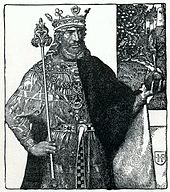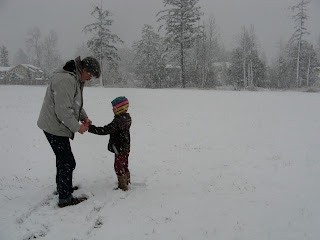One of the Books On Alice's Reading List for Second Grade was The Story of King Arthur and His Knights, a retelling of the Howard Pyle version of the tale and adapted by Tania Zamorsky. There are actually many versions of this tale -even written in easier-to-read formats. We also read, Arthur of Albion by John Matthews and Pavel Tatarnikov (this one was beautifully illustrated) and Knights of the Round Table by Gwen Gross. Some of the tales are also told independently such as, "The Kitchen Knight - A Story of King Arthur" by Margaret Hodges and retold by Trina Shart or Young Guinevere by Robert San Souci. If you'd like a digital take on Arthur, you might try this link when you are done, please let me know what you thought of it by adding a comment.
Before reading the Legends of King Arthur and his knights, you may want to cover a little information about Medieval Knights so your student(s) will have a firm grasp on related vocabulary and concepts regarding the chivalric code. Knights will offer you the vocabulary (in italics) and links and resources you may desire to do just that.
At some point during a unit where you read about the legendary King Arthur, you'll probably want to discuss the differences and similarities between legend and myth. To do so, the article, "Fiction or Biography? Legends of King Arthur" will provide helpful historical resources.
I believe it is great fun to have kids read a few legends and a few Tall Tales and compare. Then, have kids turn their own life story into "Legend," OR if father's day is nearing, dedicate the story to Dad by turning him into a Legend for a fabulously fun Father's Day Gift. Alice was still a bit to new to writing to get much out of her at the time of writing this article, but I will try again.
For us, most of the objectives while reading the stories were to learn more about characteristics of the characters within a story but the tales can be used to discuss plot, setting and themes as well.
Some generic questions to ask after you have read about King Arthur and his Knights that should work with any version you might choose to use.
Before reading the Legends of King Arthur and his knights, you may want to cover a little information about Medieval Knights so your student(s) will have a firm grasp on related vocabulary and concepts regarding the chivalric code. Knights will offer you the vocabulary (in italics) and links and resources you may desire to do just that.
At some point during a unit where you read about the legendary King Arthur, you'll probably want to discuss the differences and similarities between legend and myth. To do so, the article, "Fiction or Biography? Legends of King Arthur" will provide helpful historical resources.
I believe it is great fun to have kids read a few legends and a few Tall Tales and compare. Then, have kids turn their own life story into "Legend," OR if father's day is nearing, dedicate the story to Dad by turning him into a Legend for a fabulously fun Father's Day Gift. Alice was still a bit to new to writing to get much out of her at the time of writing this article, but I will try again.
For us, most of the objectives while reading the stories were to learn more about characteristics of the characters within a story but the tales can be used to discuss plot, setting and themes as well.
Some generic questions to ask after you have read about King Arthur and his Knights that should work with any version you might choose to use.
- Name an important characteristic of Arthur. Then list three things he did or said that demonstrate this quality.
- Which knight was your favorite? Why?
- Which legend of the Knights was your favorite tale? Why?
- Why is it important that Arthur's Table was round?
- Describe a lesson Arthur learned and how he learned it.
- Who was Merlin and what was his role in Arthur's Life?
- Name one Antagonist and describe at least one problem he/she caused for Arthur and how Arthur solved the problem.
- Name at least one of the Women in the life of Arthur and his Knights. Describe her story.
- What rules were included in the code of chivalry the Knights of the Round Table followed. Why were these rules important.
- Why do you think tales about Arthur and his Knights have been told for so many years? Why do we still enjoy them?



















